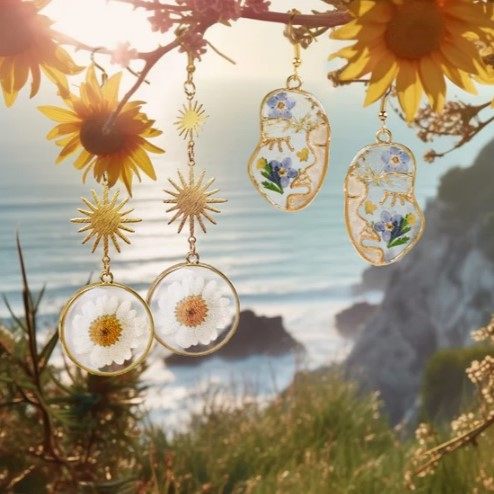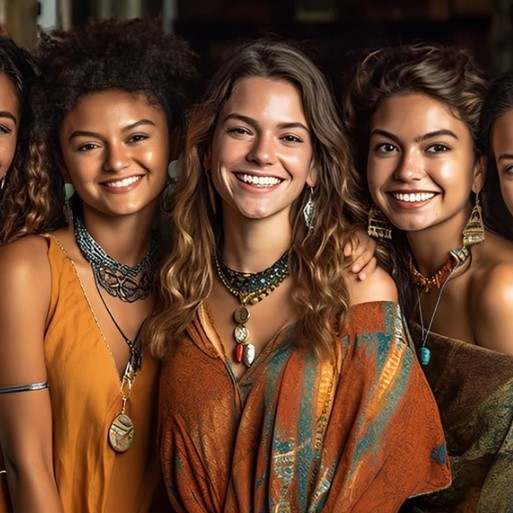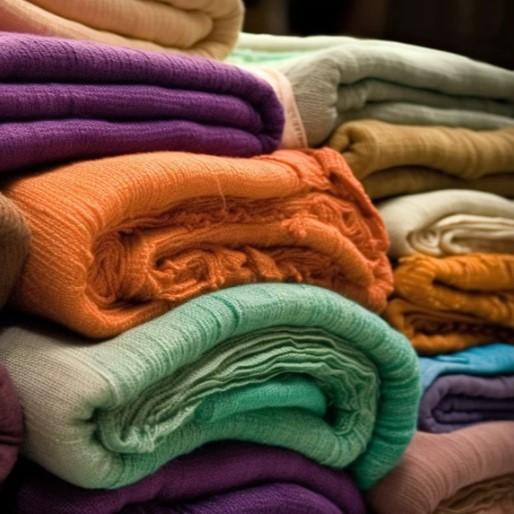Boho dresses: the trend for whole world
Originally, "Bohemia" referred to the Gypsies, a nomadic people who primarily lived a wandering and fortune-telling lifestyle. They originally resided in the northwest of India and began migrating to western Asia and Europe in the 10th century, concentrating in a central European inland country called Bohemia. The term "Bohemia" gradually evolved into a term for artists with a carefree lifestyle and further evolved into an artistic and cultural concept and way of life.
Historically, Bohemia has gone through several stages, including the first and second generations of Bohemians, avant-garde Bohemians, the Beat Generation, and the 1960s counterculture movement. These stages have driven artistic trends such as Romanticism, Symbolism, Aestheticism, Dadaism, Surrealism, the Beat Generation, and the Greenwich Village avant-garde theater. It originated in the Romantic movement of the early 19th century and the avant-garde art of the mid-20th century, serving as a medium and promoter for the transformation of the art-for-art's-sake philosophy into avant-garde aesthetics. It completed a transition from an aesthetic view emphasizing artistic and aesthetic autonomy to a postmodern aesthetic emphasizing the dissolution of boundaries between art and life.
As a product of the chaotic and complex modernity of the Western societal transition period, Bohemia is a living art movement and lifestyle revolution. It connects the high culture of artists and intellectuals with the lowest social class, advocating the pursuit of an artful life by incorporating aesthetic spirit into life practice. Over the past two centuries, the Boho dresses and living movement has become a unique historical landscape, through which modern people strive for a truly free, lively, and abundant aesthetic existence.
Nowadays, "Bohemia" has become a widely recognized term, with Bohemian cultural phenomena continually emerging in cities around the world: Greenwich Village, the Yuanmingyuan artists' village, the Midi Music Festival, the 798 Factory artists, the "Annaqi" in Wudaokou, and increasingly popular subcultures such as hippies, punks, pop art, performance art, and backpacking. Chinese urban culture has also experienced the "Bohemian phenomenon," with these free-spirited art forms and lifestyles gaining more and more admiration from modern people. Both the "Bohemian" spirit and Boho dresses have become major social hotspots.

The influence of "Bohemia" is even more pronounced in the field of fashion design. In recent years, designs inspired by Bohemian ethnic elements have frequently appeared on major fashion runways. The rebellious and decadent spirit of Bohemianism caters to young people's pursuit of individuality and psychological needs, making Bohemian-style clothing a form of psychological compensation for the stresses of modern life.

Since the 1980s, with the rapid rise of China's children's clothing industry, numerous children's clothing brands have emerged. After joining the WTO, a large number of foreign children's clothing brands have entered China, leading to competition between domestic and foreign brands in the children's clothing market. With the arrival of the consumer era, changing consumption concepts, and the increasing importance of children in families, the demand for Boho dresses has grown, and the market potential is enormous.
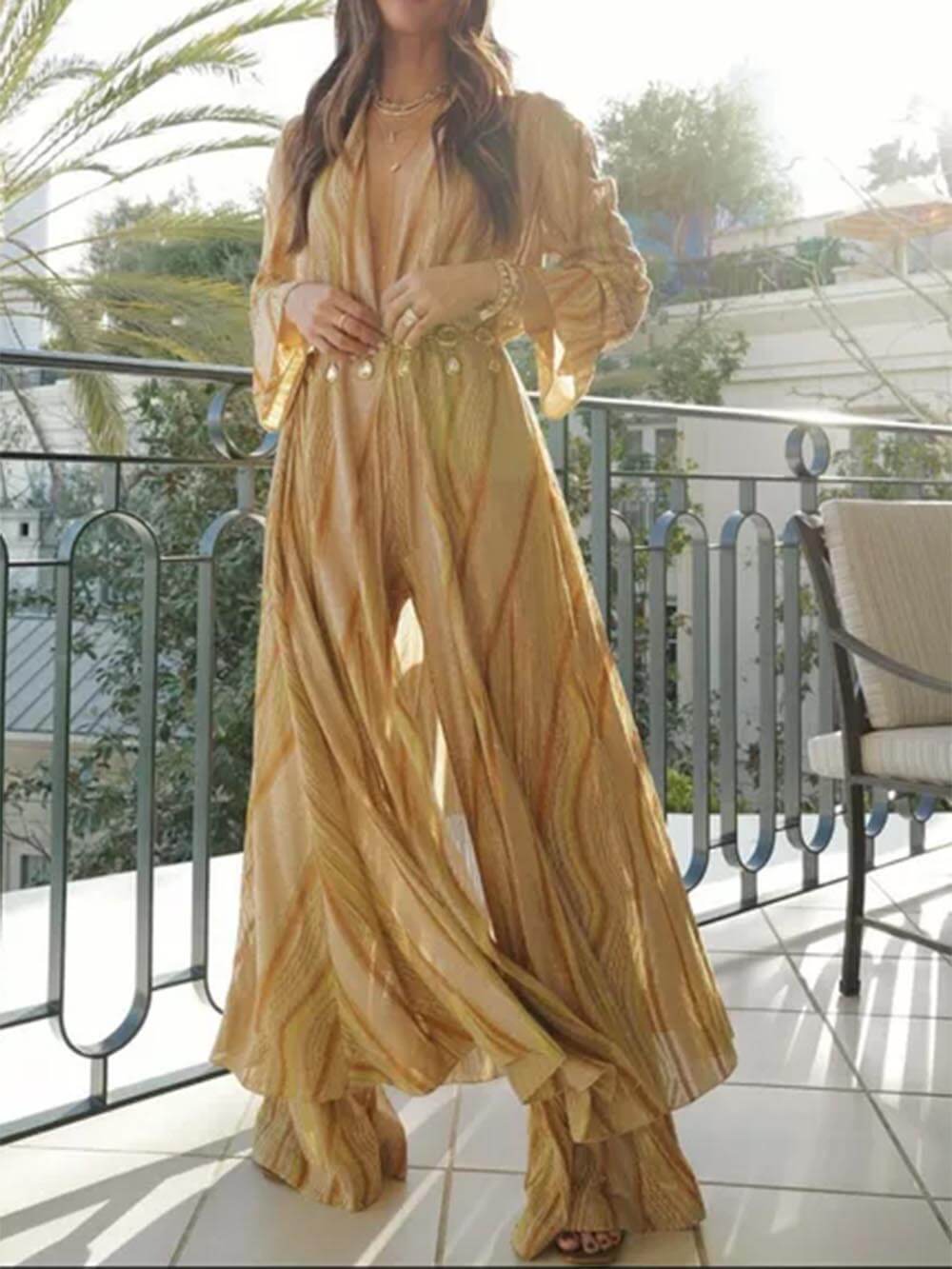 NEW
NEW
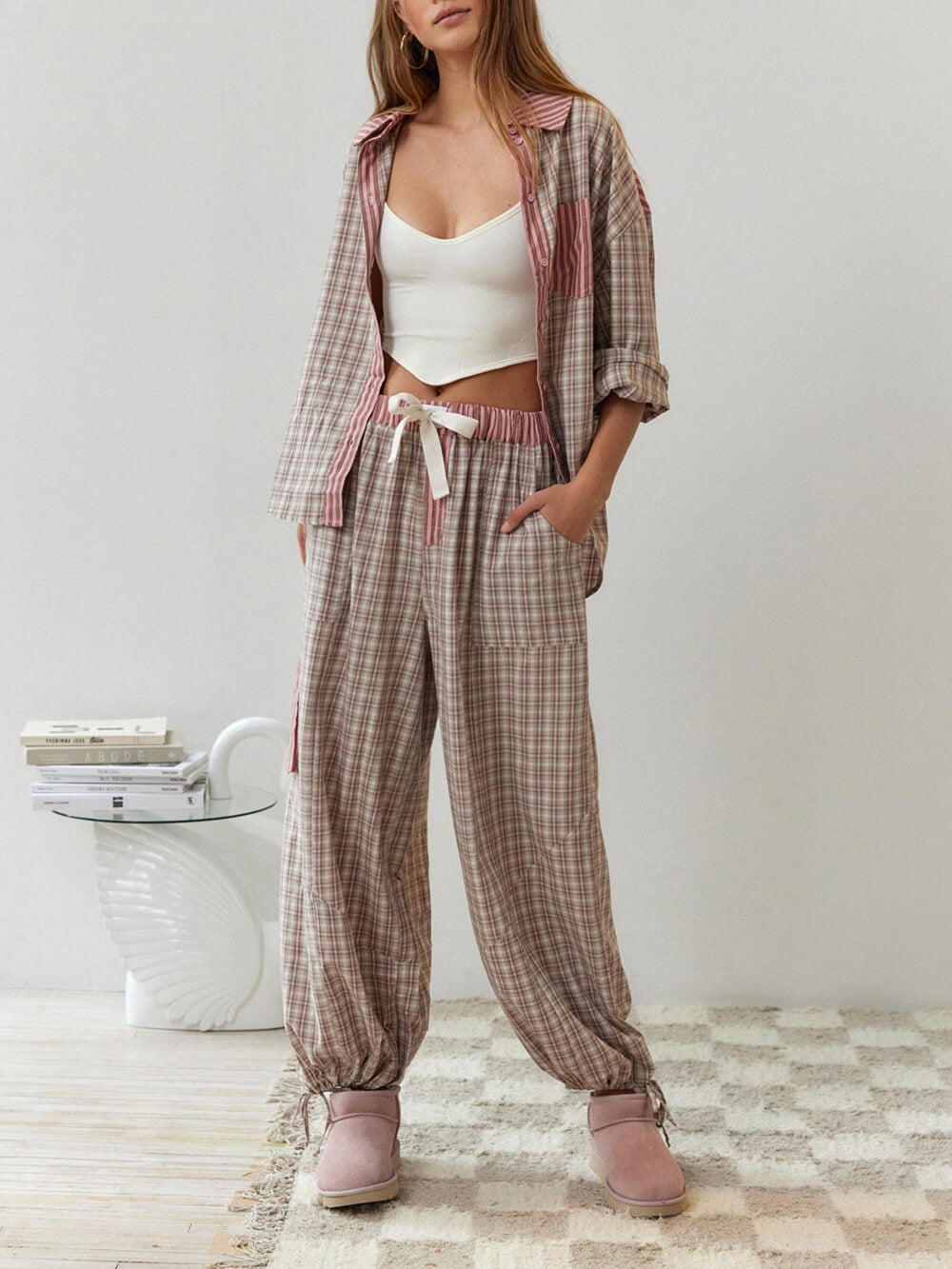 SALE
SALE
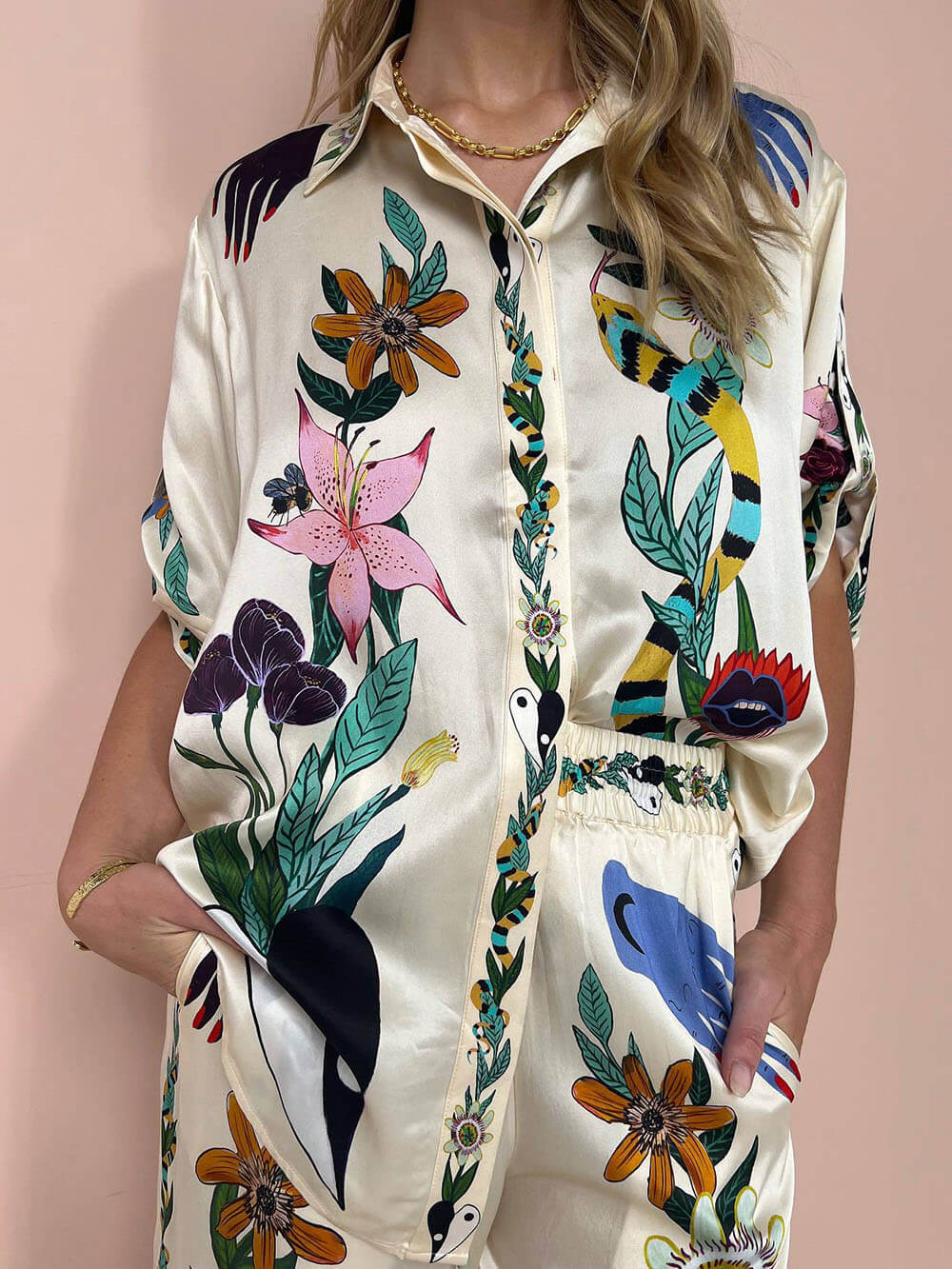 OCCASIONS
OCCASIONS
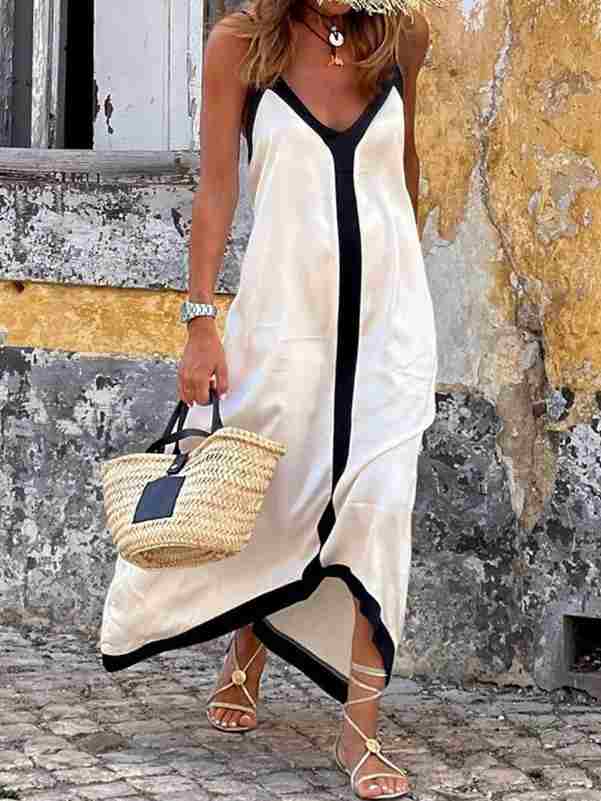


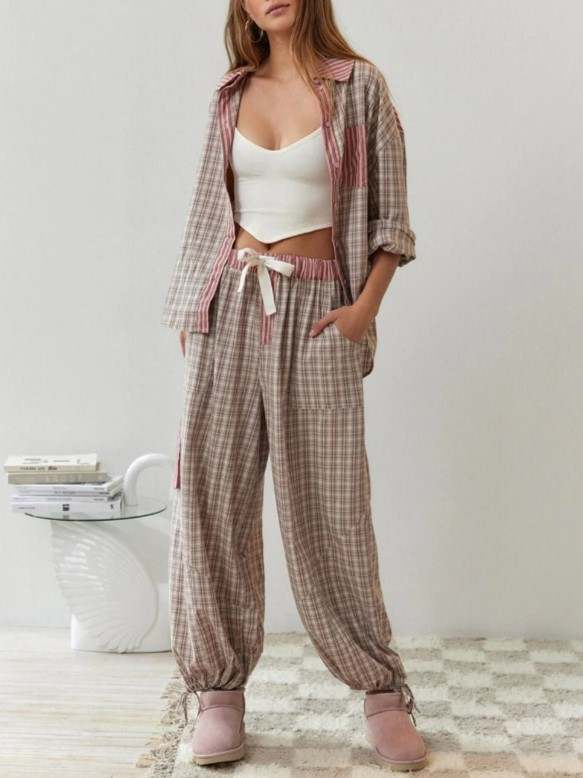
 DRESSES
DRESSES
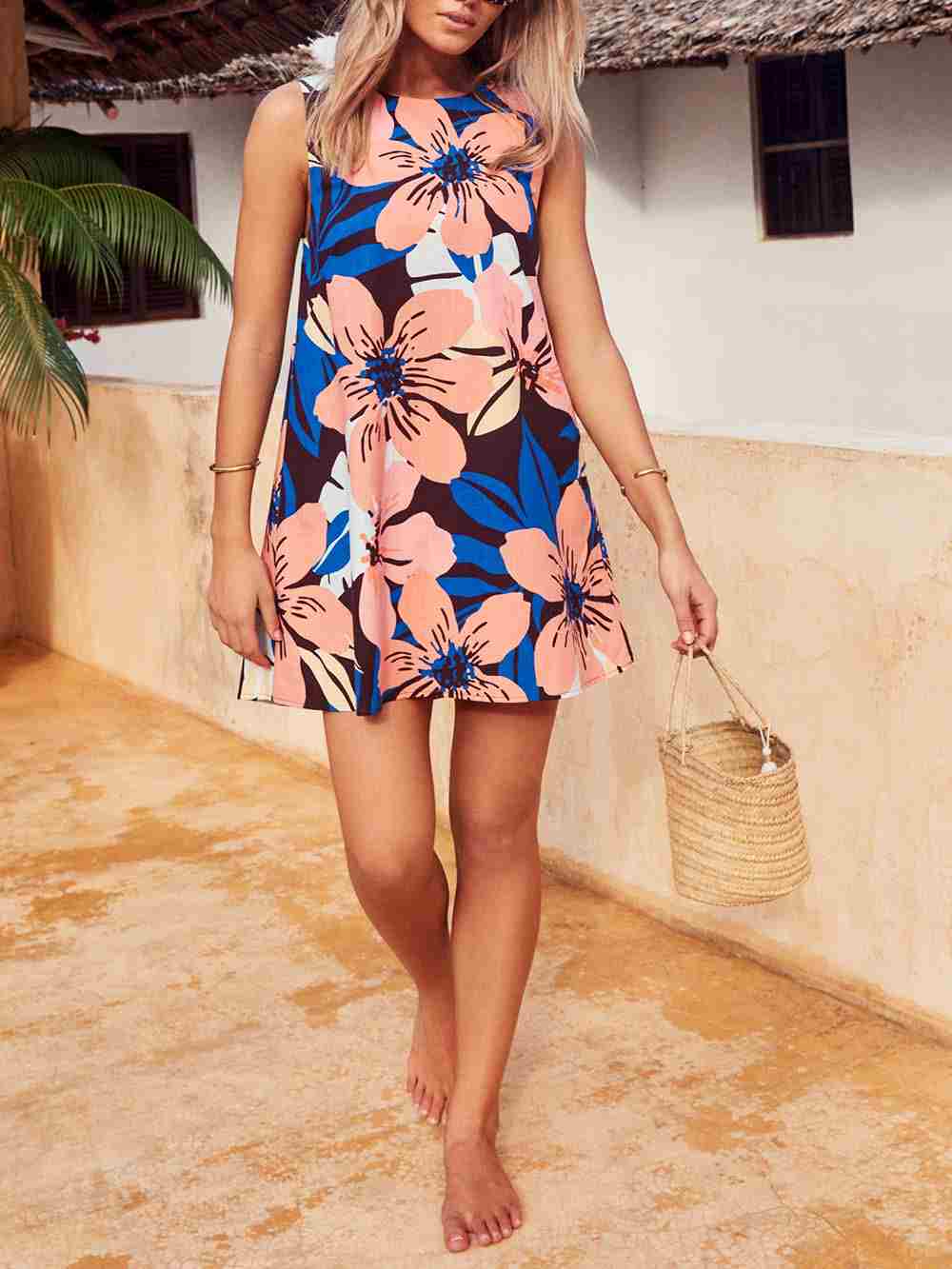
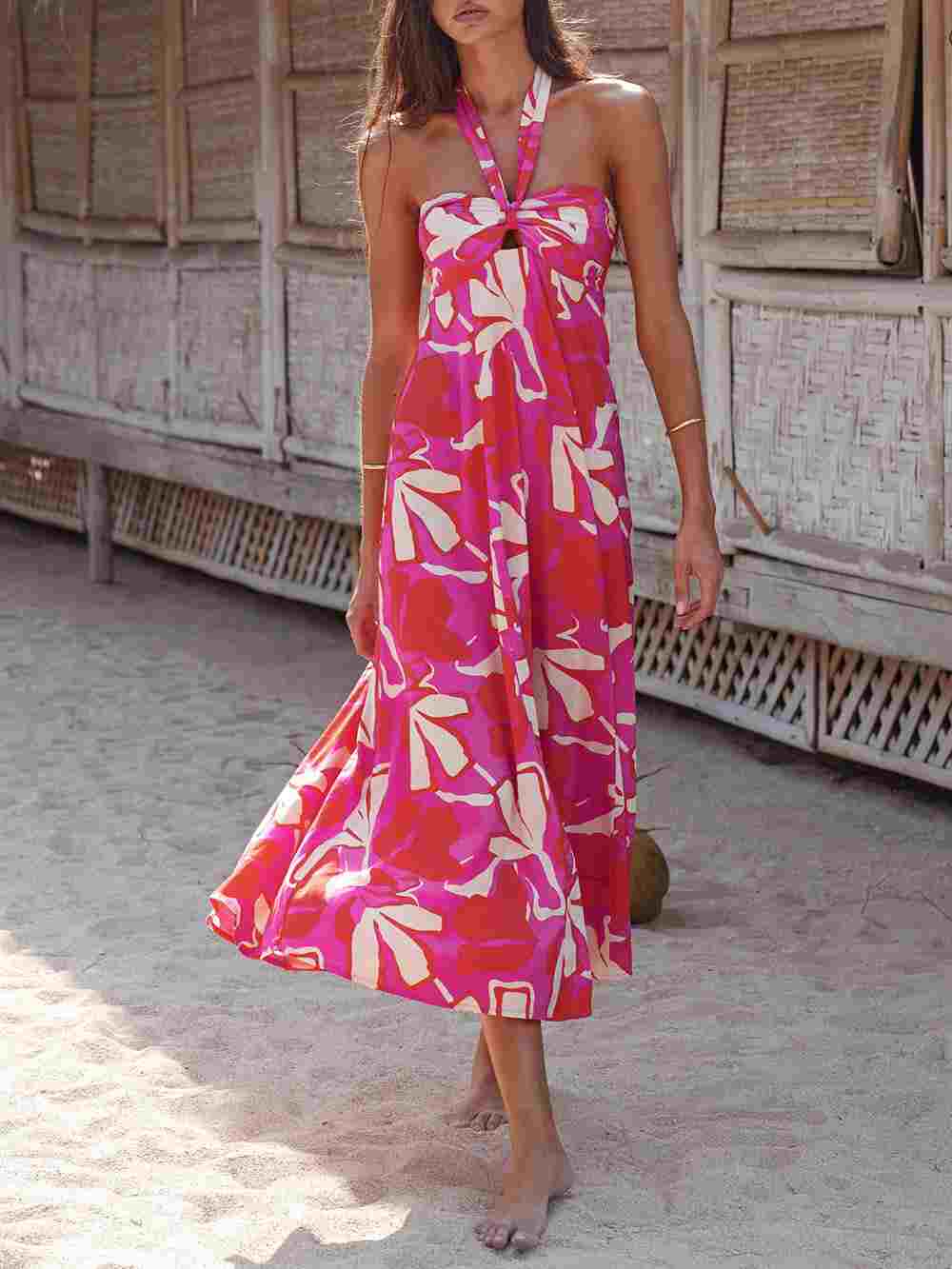
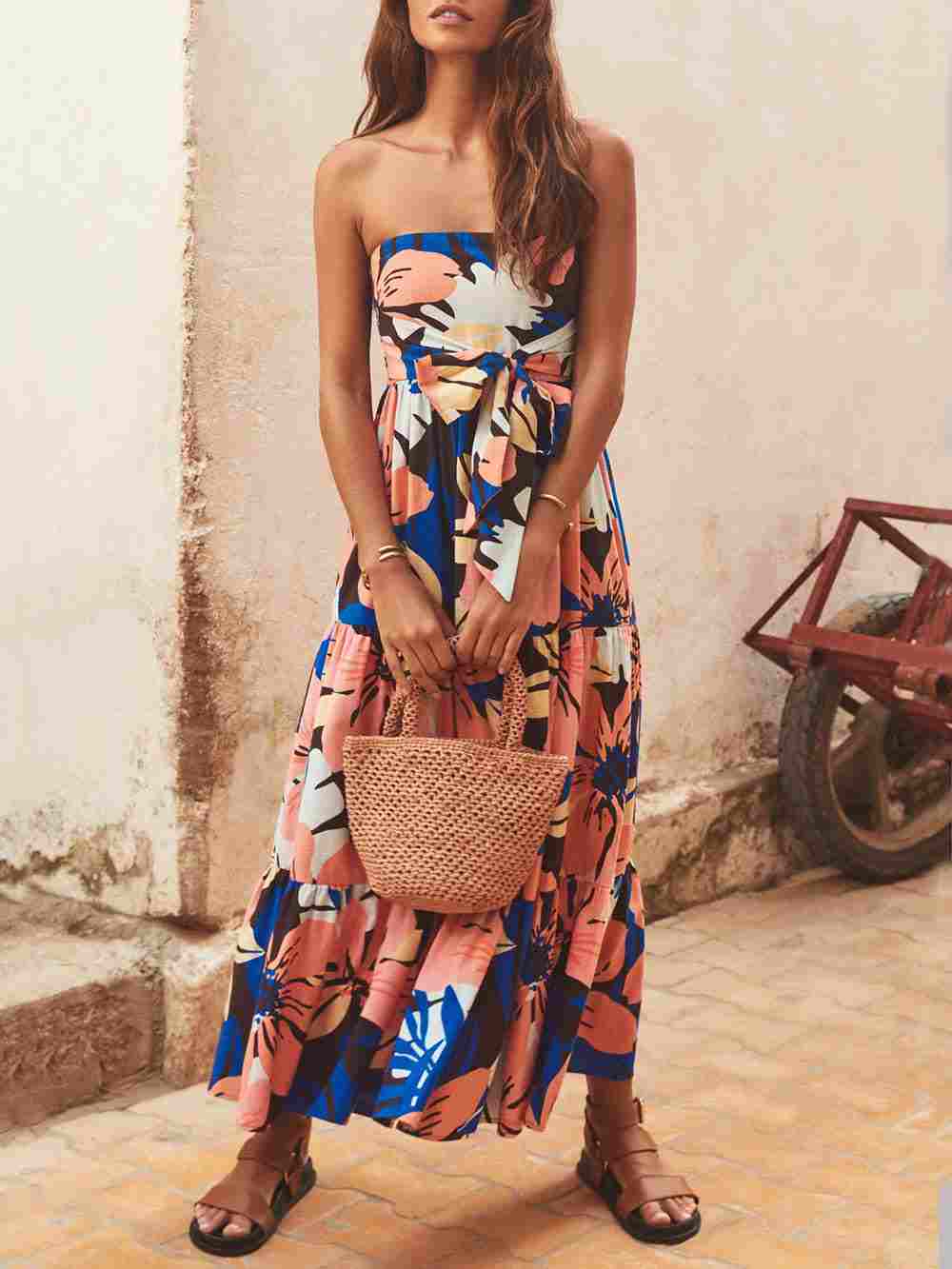
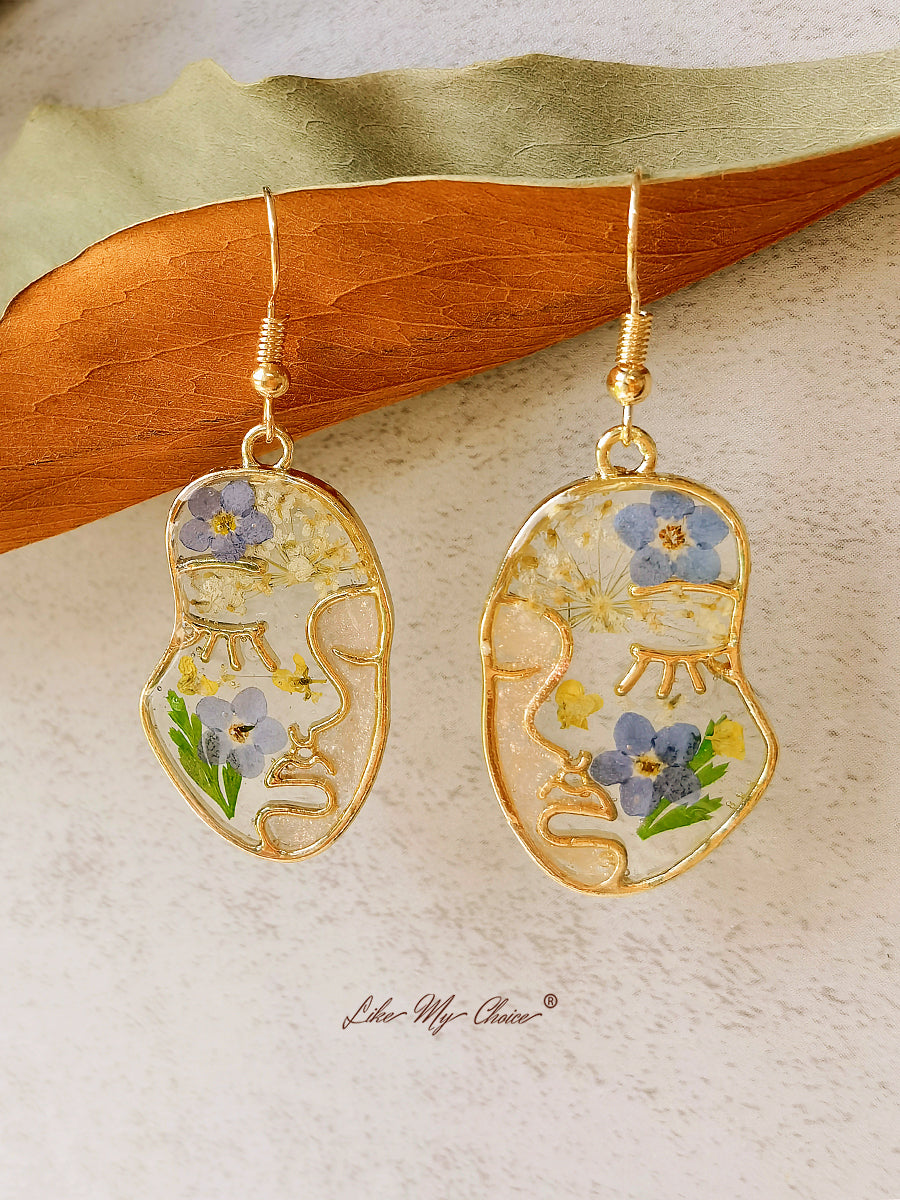 JEWELRIES
JEWELRIES


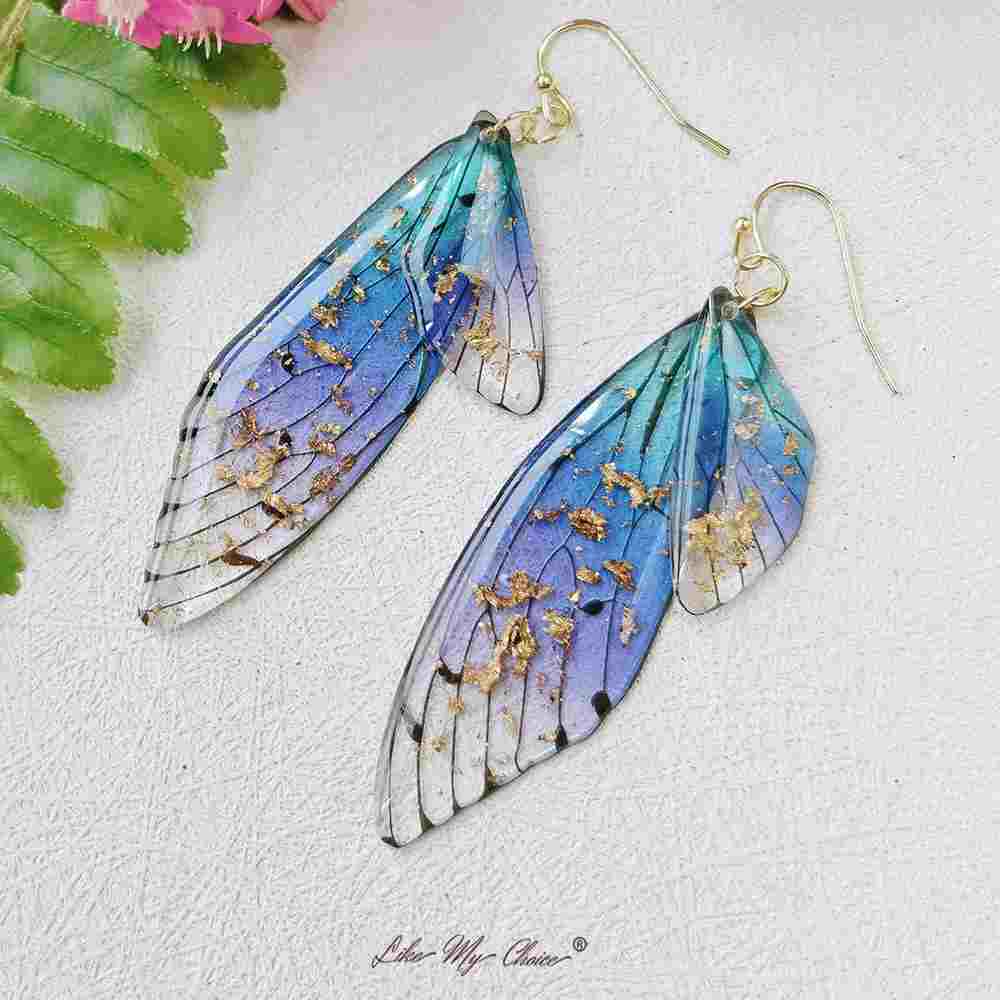
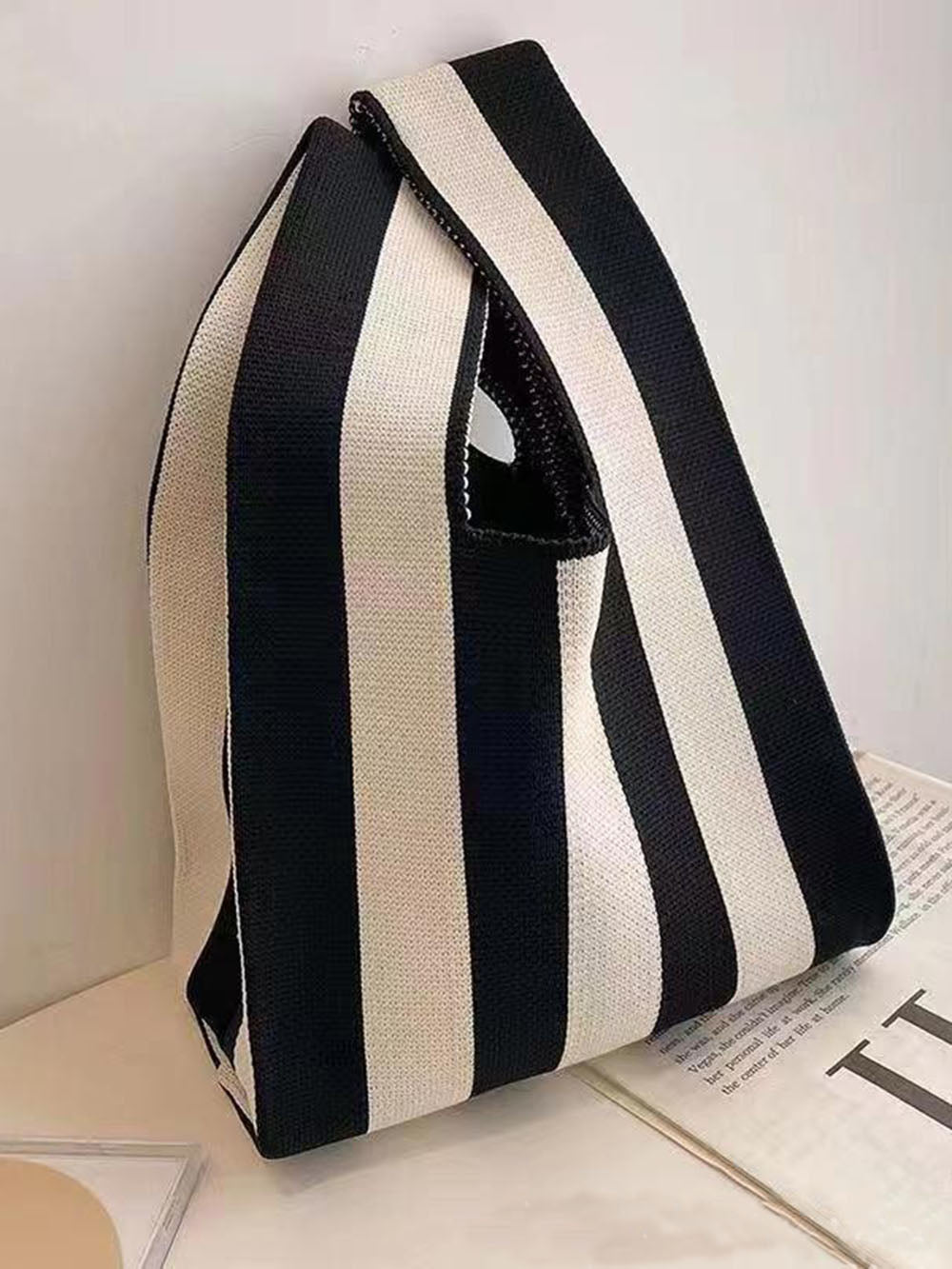 ACCESSORIES
ACCESSORIES

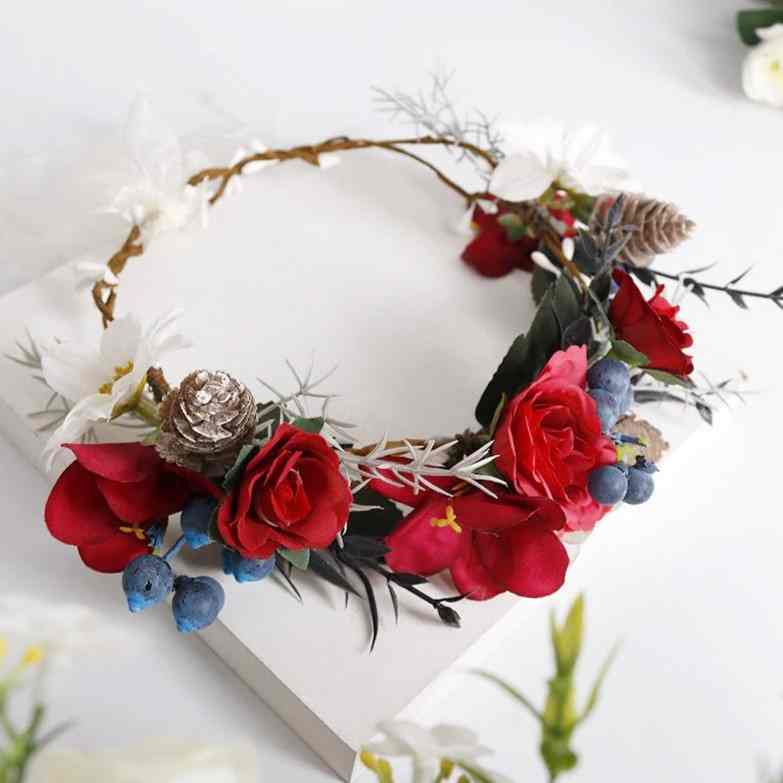
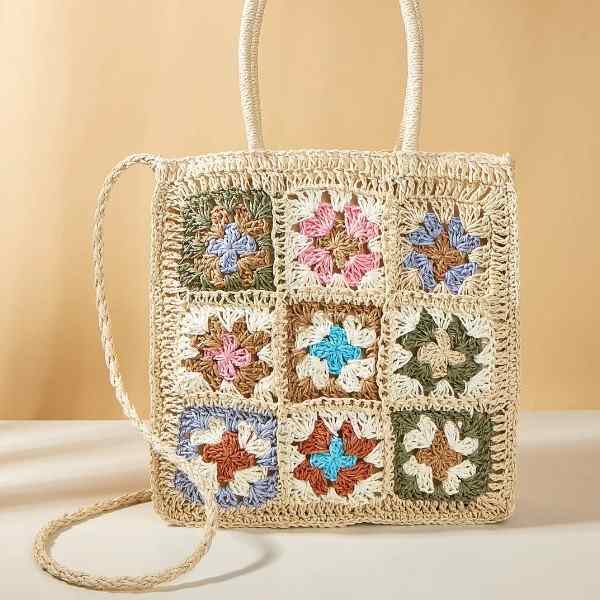
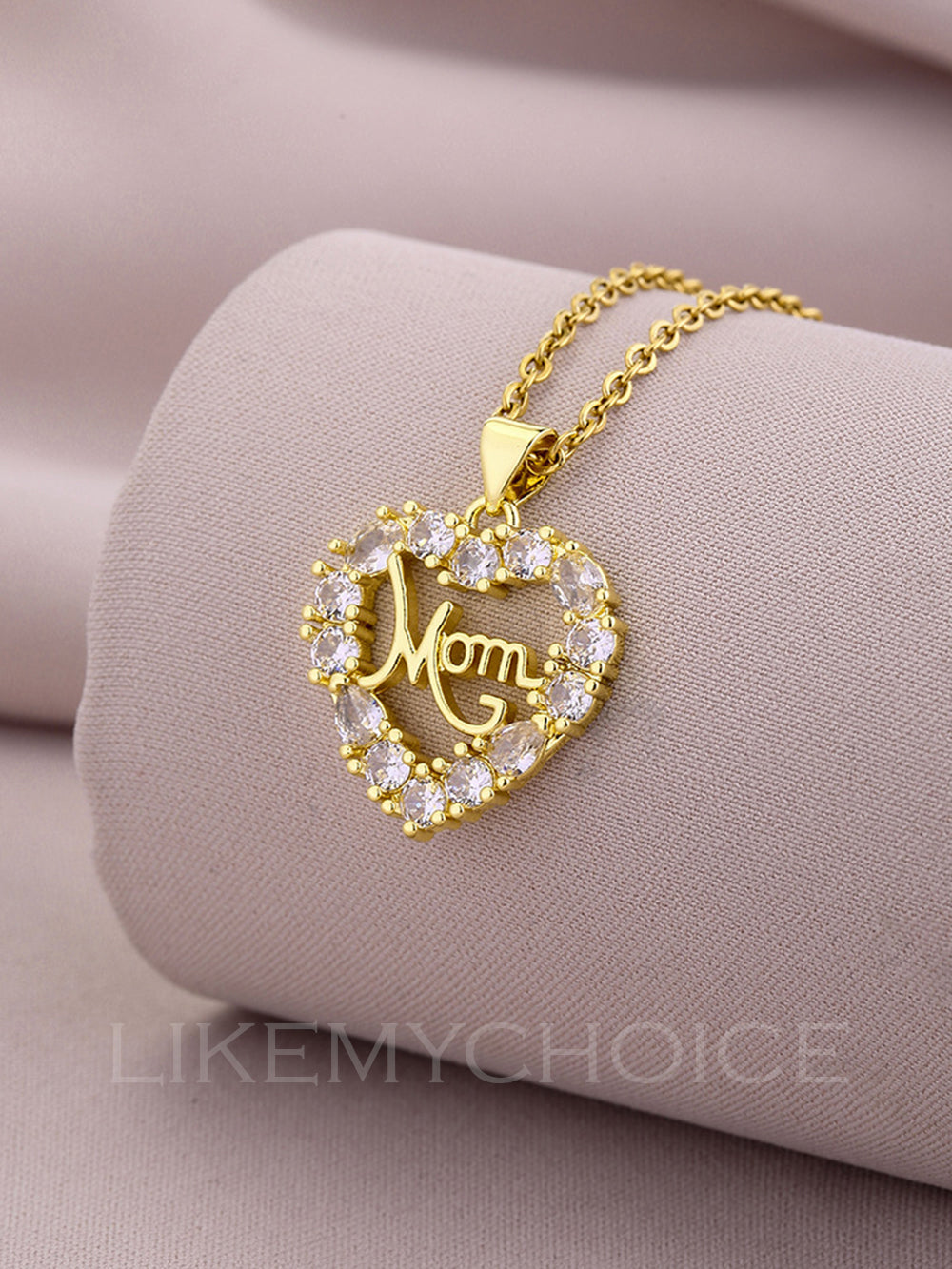 MOTHER'S DAY
MOTHER'S DAY
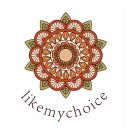 BRAND
BRAND
